There’s something ancient and deeply satisfying about collecting rainwater. It feels a bit like catching treasure from the sky, each drop a tiny golden coin from nature’s purse. Long before smart homes and digital irrigation, our ancestors were storing water from the heavens—and for good reason.
With climate change, rising utility bills, and sustainability becoming more than just buzzwords, having a rainwater collection system is not just smart—it’s essential.
Whether you want to slash your water bill, nurture your garden through dry seasons, or just embrace off-grid living in small steps, building the right rainwater harvesting system can change the way you relate to water entirely.
1. Basic Rain Barrel System
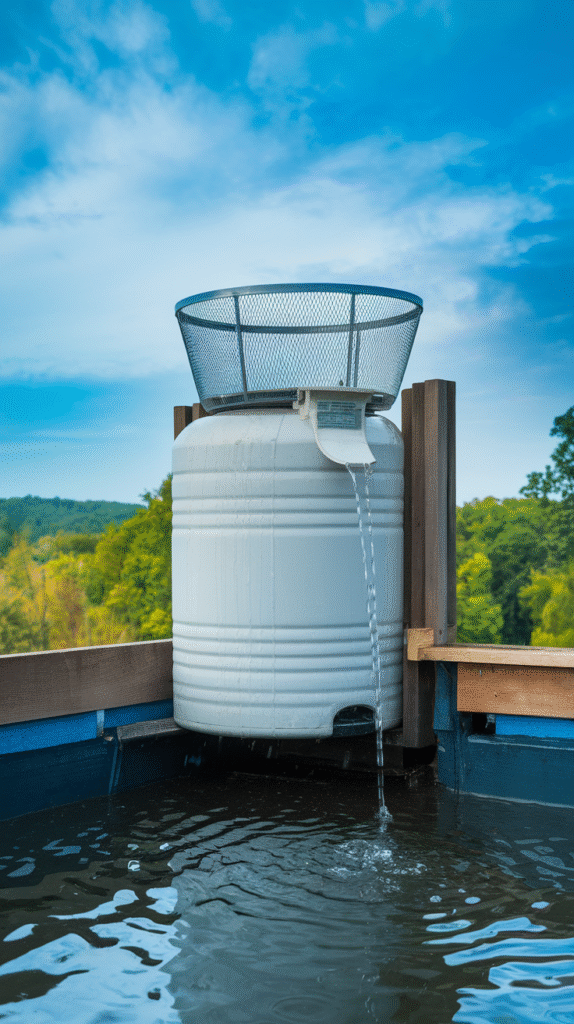
The most accessible entry point into rain harvesting is the humble rain barrel. At its core, it’s a container that collects water from your downspout. Choose a 55-gallon food-grade barrel, install a spigot near the bottom, and hook it up to your garden hose.
You can raise it on cinder blocks to increase water pressure. It’s budget-friendly, beginner-friendly, and incredibly effective. I installed one behind my shed last year and was shocked when it filled up after a single thunderstorm. It’s now my go-to source for watering the tomatoes.
2. Chain Downspout Diverter with Decorative Barrel
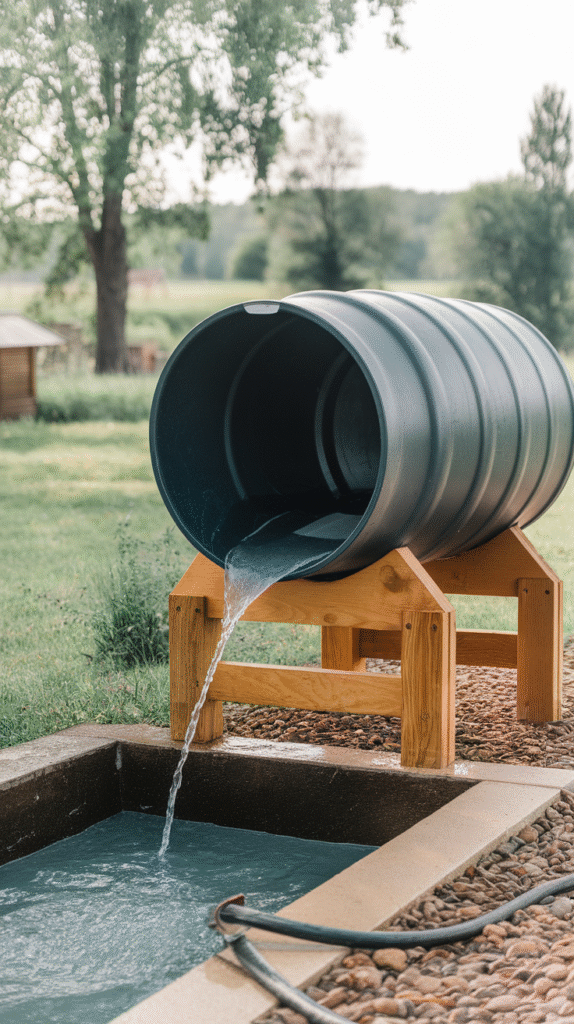
If aesthetics matter to you, consider replacing your traditional downspout with a rain chain—a series of linked cups or loops that guide water from your gutter to your barrel in a trickle.
Pair it with a beautiful decorative barrel—ceramic, wooden, or faux stone—to create something that looks intentional, not makeshift. It’s function meets form, and when rain hits the chain, it creates a soft, tranquil sound that’s a little addictive.
3. Multiple Barrel Cascade System
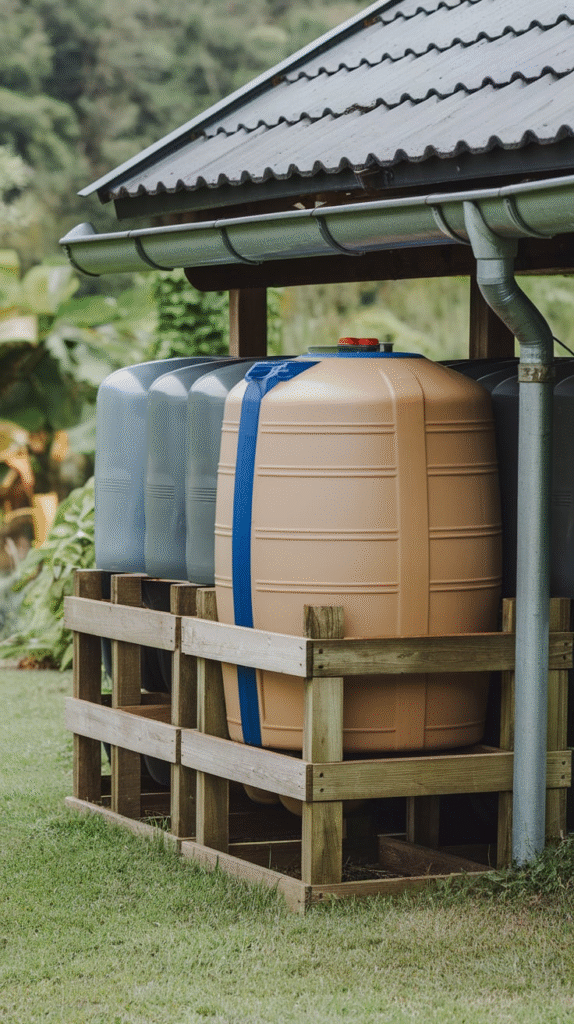
Sometimes one barrel isn’t enough. With a cascade system, you connect several barrels with PVC pipes or hoses, allowing overflow from the first to spill into the next.
It’s modular and easy to expand over time. This is especially useful in regions that get heavy rainfall over short periods. When I upgraded to three connected barrels, I noticed a huge difference during the rainy season—I could go weeks without tapping into municipal water.
4. IBC Tote Tank System
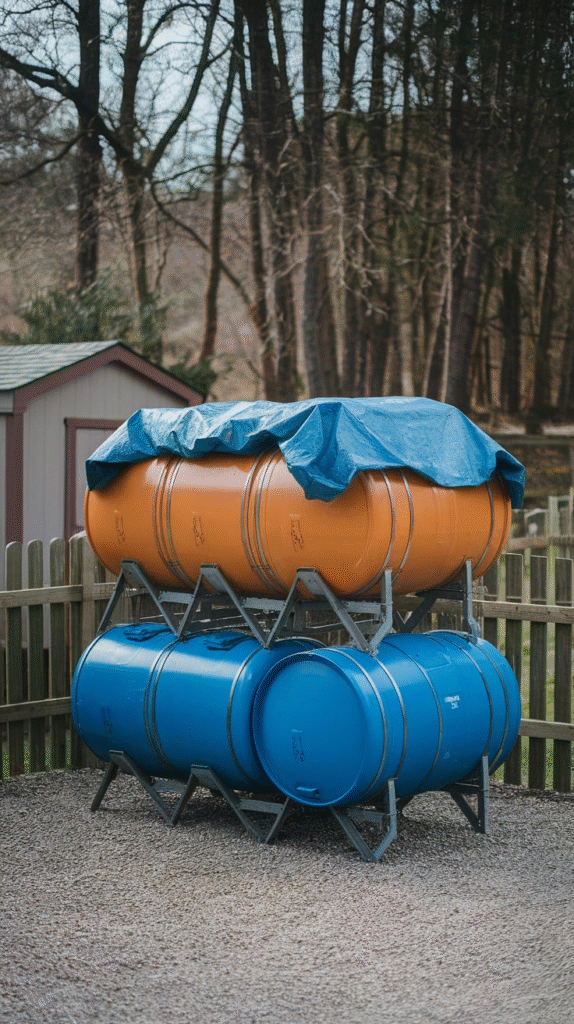
For those looking to go bigger, Intermediate Bulk Containers (IBCs) are the workhorses of water collection. These 275-gallon to 330-gallon containers are often used in agriculture and manufacturing, but with a little cleaning and modification, they make exceptional rainwater collectors.
Fit them with a screen filter on top, plumb them to your gutter, and install a spigot at the base. Add a small platform or pallet to raise them off the ground for gravity-fed irrigation.
5. Underground Cistern
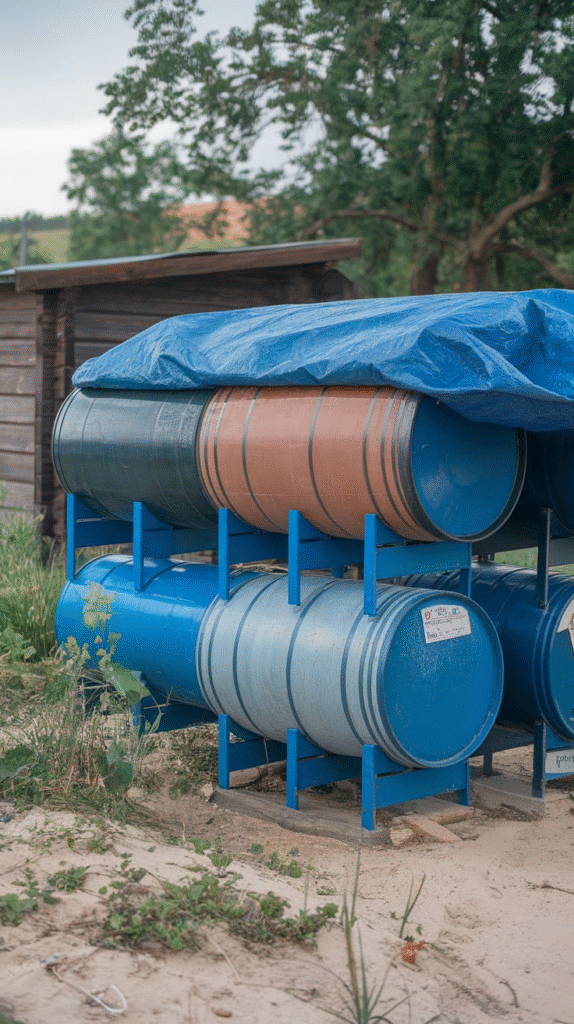
If you’re serious about storage and don’t want big containers cluttering your landscape, an underground cistern is a professional-level solution. These are large tanks buried beneath the surface, often made of concrete or polyethylene, and can store thousands of gallons.
While more expensive and labor-intensive, they’re ideal for people living off-grid or dealing with long dry seasons. Plus, the water stays cooler and more stable underground. You’ll need pumps and filtration, but you’ll never look at a rainstorm the same way again.
6. Rainwater Garden Integration

Want to mix beauty with utility? Direct your overflow water into a rain garden—a shallow, planted depression that collects and filters rainwater runoff.
Use native plants that thrive in both wet and dry conditions. This not only prevents erosion and filters pollutants but also adds visual appeal. My neighbor designed hers with ornamental grasses, coneflowers, and river rocks—it looks like a zen retreat and functions like a sponge for every summer storm.
7. Gutterless Catchment Using Awnings or Roof Extensions
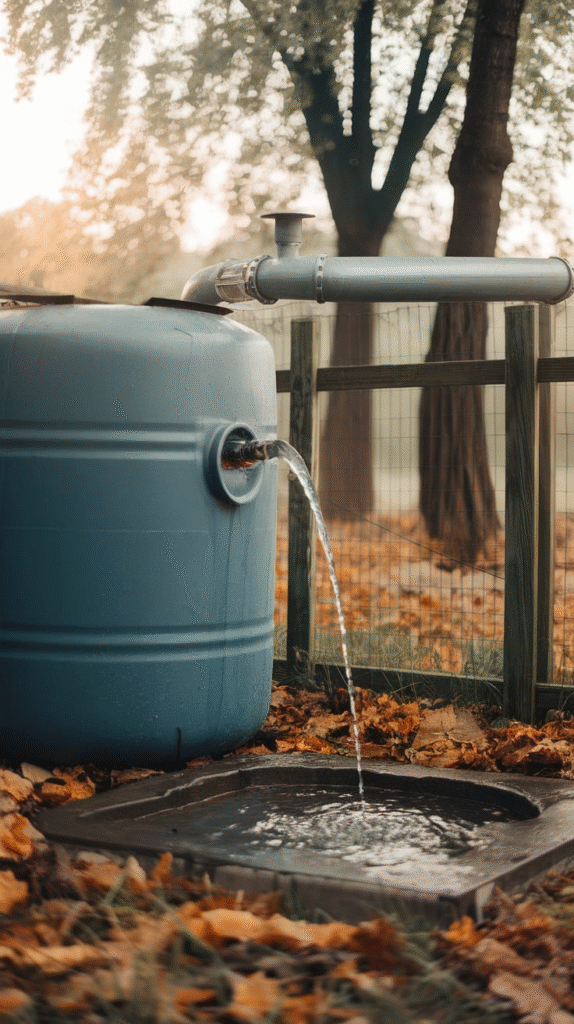
If your home lacks traditional gutters, don’t fret. You can still collect water using sloped awnings or metal roofing extensions that direct rain into a trough or directly into a collection bin.
This is especially useful on sheds, greenhouses, or tiny homes where full gutter systems may not be practical. It’s a great reminder that every surface counts when you’re chasing the sky’s water.
8. Greenhouse Roof Collection
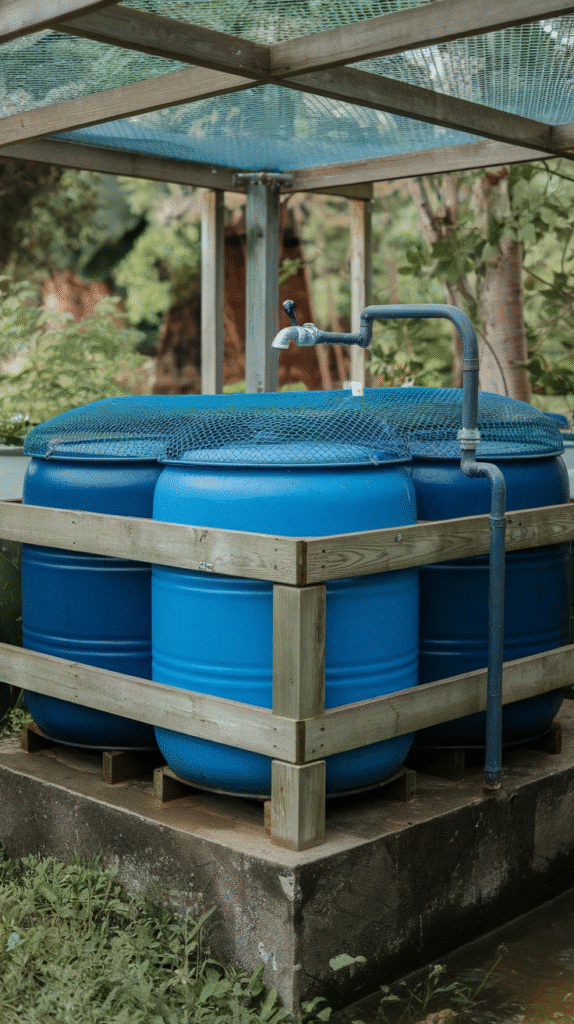
If you have a greenhouse or plan to build one, use its transparent roof as a collection surface. Install small gutters on the sides and direct the runoff into barrels stored beside or beneath it.
This keeps your greenhouse plants hydrated using the very water they’re shielded from—a self-sustaining loop that any gardener can appreciate.
9. First Flush Diverter System
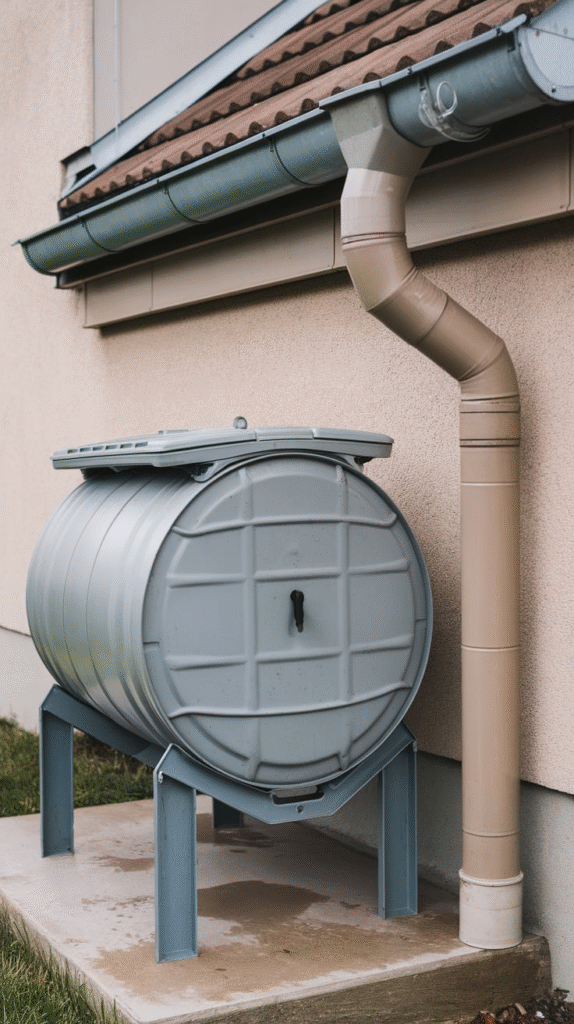
One important upgrade for any serious rainwater setup is a first flush diverter. The first few gallons of rain usually contain debris, bird droppings, and contaminants from your roof.
A diverter captures and isolates this “dirty” water, letting only cleaner water enter your main storage. It’s like putting a filter on the sky, and trust me—it makes a big difference, especially if you use the water for indoor use or sensitive plants.
10. Rain Pillow System
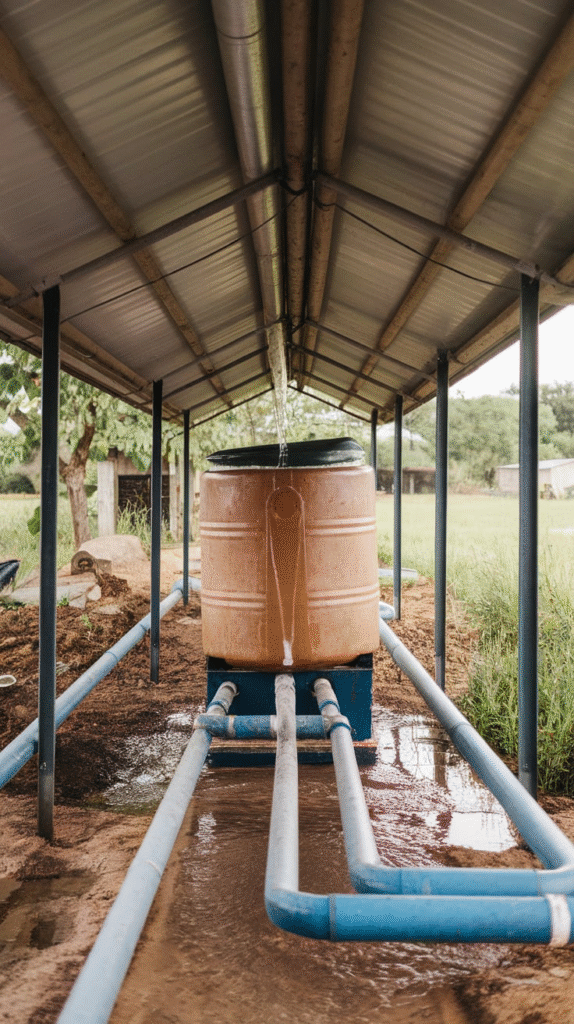
When space is limited, go horizontal. A rain pillow is a collapsible, flexible storage bladder made of durable plastic or rubber. It can be tucked under decks, crawlspaces, or patios and holds anywhere from 100 to 1,000 gallons.
These systems are surprisingly discreet and great for urban environments where vertical tanks are out of the question. Just don’t store it where raccoons like to play—they get curious.
11. Portable Barrel on Wheels
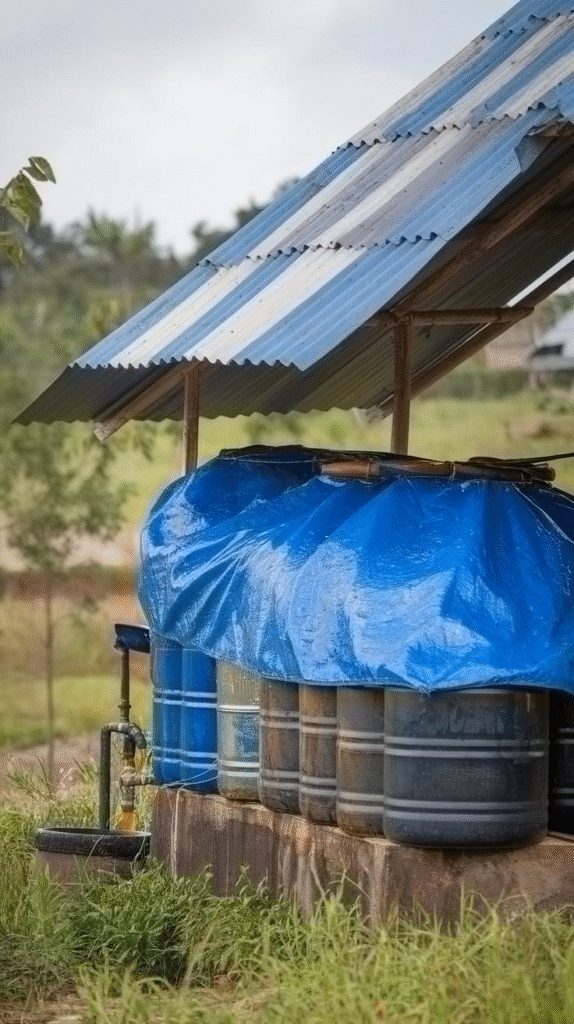
For smaller setups or renters, try a portable rain barrel—one that’s lightweight, mounted on wheels, and easy to move around your property. Perfect for patios, community gardens, or people who want flexibility.
You can roll it out during the rainy season and stash it in storage when not in use. I gifted one of these to a friend with a balcony garden, and now her herbs never go thirsty.
12. Graywater-Rainwater Hybrid System

To really stretch your water use, consider combining your graywater (used water from sinks, laundry, etc.) with your rainwater system. Install diverters in your home plumbing to send gently used water into a filtration tank that’s connected to your rain barrels or underground tank.
This maximizes reuse and reduces strain on both your wallet and the planet. Just be sure to follow local health codes and never mix blackwater (from toilets) into the system.
13. Smart Rainwater Harvesting System
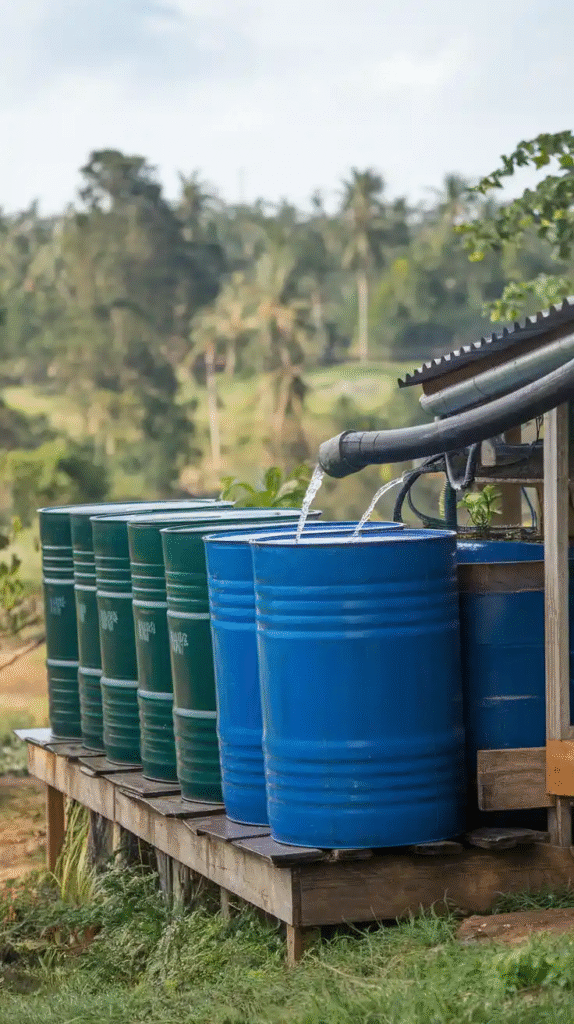
Tech-savvy homeowners can now install automated rainwater collection systems with sensors, smart valves, and Wi-Fi connectivity. These systems monitor tank levels, control pumps, and even switch between rainwater and municipal water for irrigation.
If you love spreadsheets and dashboards, this brings rain harvesting into the smart home era. I once visited a home where the owner could tell you exactly how many liters were collected during the last drizzle—all from his phone.
14. Vertical Wall Tank System
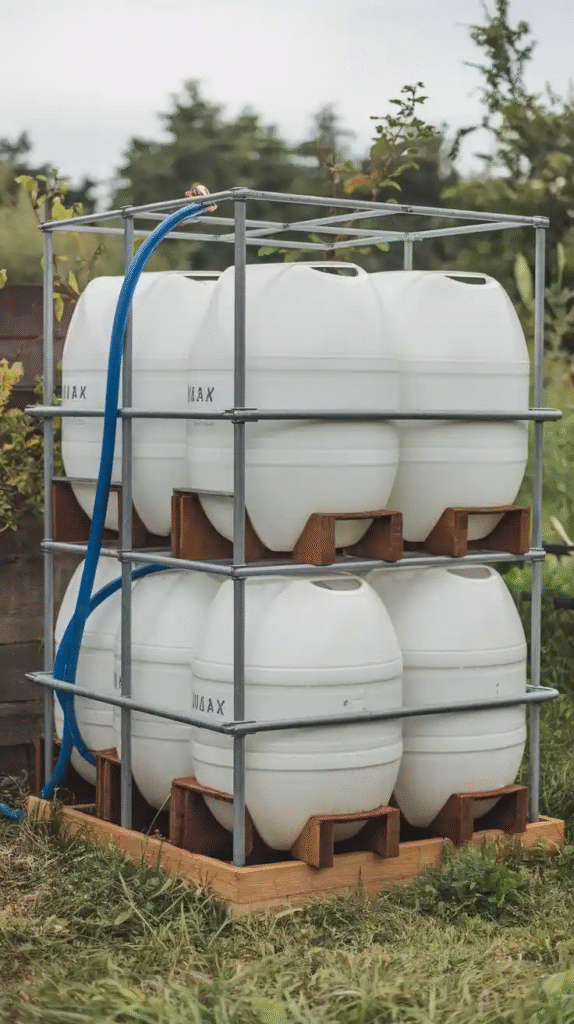
Short on square footage but tall on ambition? Mount a vertical tank or slimline tank against the side of your house. These are tall, narrow containers that fit in tight spots—between buildings, along fences, or beside garages.
Add a trellis or plants in front for camouflage. You won’t lose any yard space, and you’ll still collect enough water to be useful for daily gardening or outdoor cleaning.
15. Recycled Materials DIY Setup
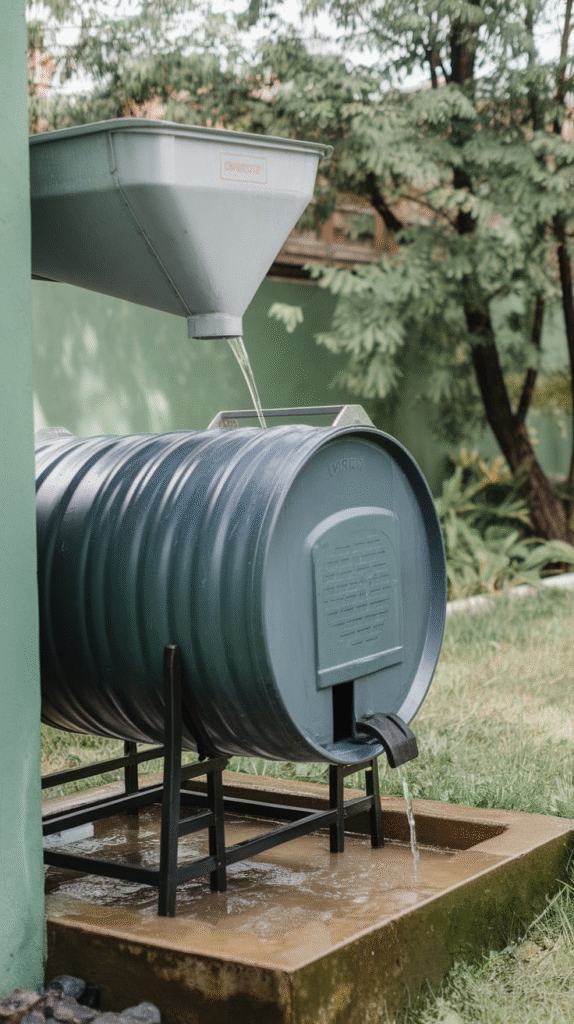
Build your system using reclaimed materials. Old barrels, discarded gutters, recycled PVC, salvaged wooden pallets—you can create a functioning, sustainable rain collection system for under $100.
DIYers love this option not just for the savings, but because it taps into the spirit of true sustainability. One summer, I cobbled together a makeshift system with an old beer barrel and downspout pipe. It leaked for weeks—until I finally figured out the sealing—but it worked, and it made me proud.
16. Community Rainwater Hub
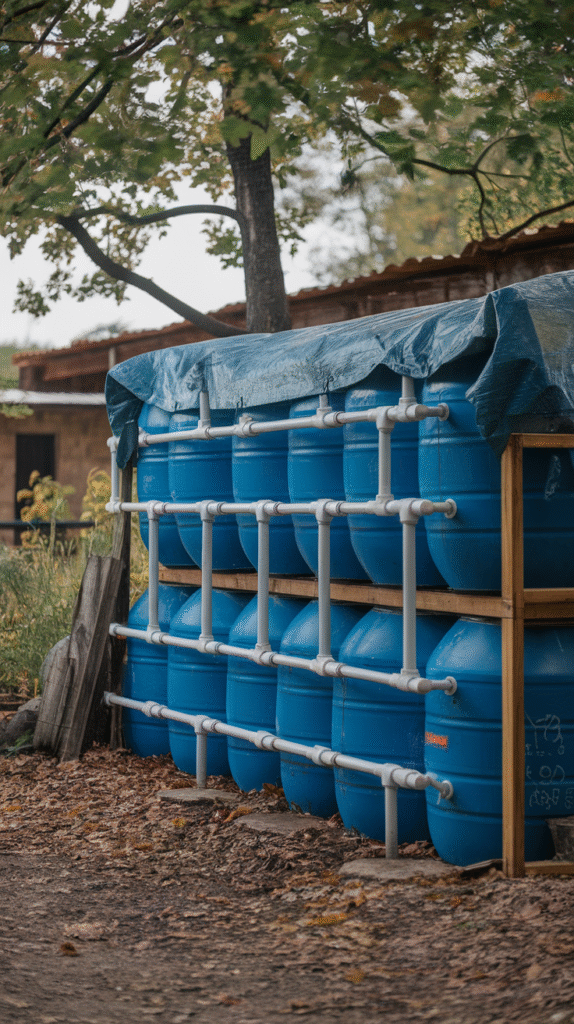
If you’re part of a shared garden, apartment complex, or cohousing community, consider building a shared rainwater system. Use large tanks that everyone contributes to and benefits from. Assign maintenance days, set usage guidelines, and apply for local green grants.
These setups promote sustainability while strengthening community bonds. A friend of mine helped build one in her urban co-op garden, and now the entire block gathers every Saturday not just to tend plants but to celebrate their own shared source of water.
Conclusion
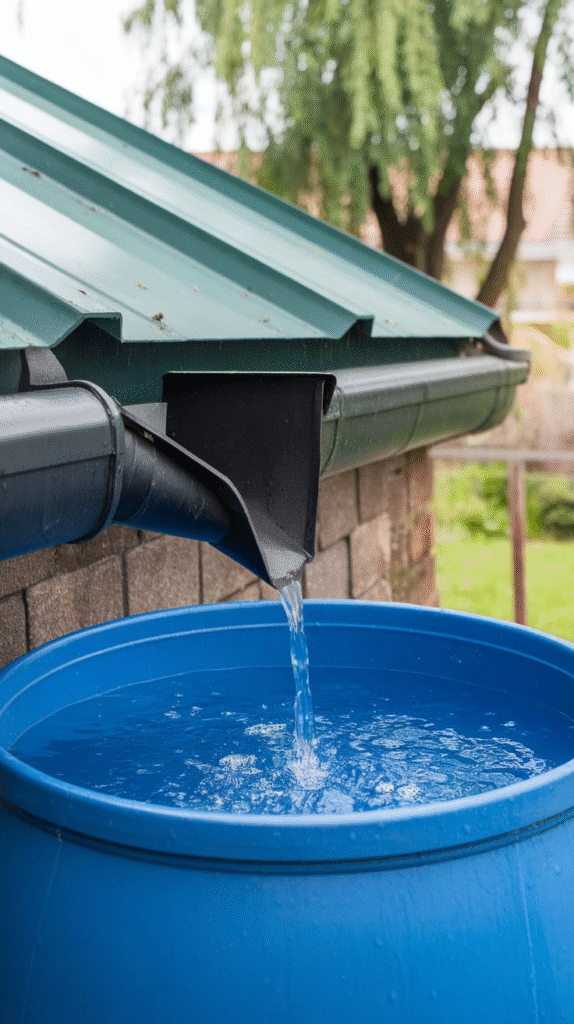
A good rain is a blessing—but only if you’re ready to catch it. Rainwater harvesting isn’t just for preppers or off-grid enthusiasts anymore. It’s for anyone tired of watching water disappear down storm drains, anyone who wants their garden to thrive without guilt, and anyone who believes in using what nature freely offers.
The key is finding the system that fits your space, your climate, and your lifestyle. Start small with a barrel, or go big with an underground tank. Build it from scratch or buy a plug-and-play kit. But whatever you choose, don’t wait for the next dry spell to realize how powerful—and personal—water really is.
The sky isn’t just falling. It’s offering. And your job is to reach out with a bucket, a barrel, or a pillow and say, yes, I’ll take it. Let me know if you’d like a printable checklist or a DIY materials guide—I’d be happy to help you bring your water-saving dreams to life.

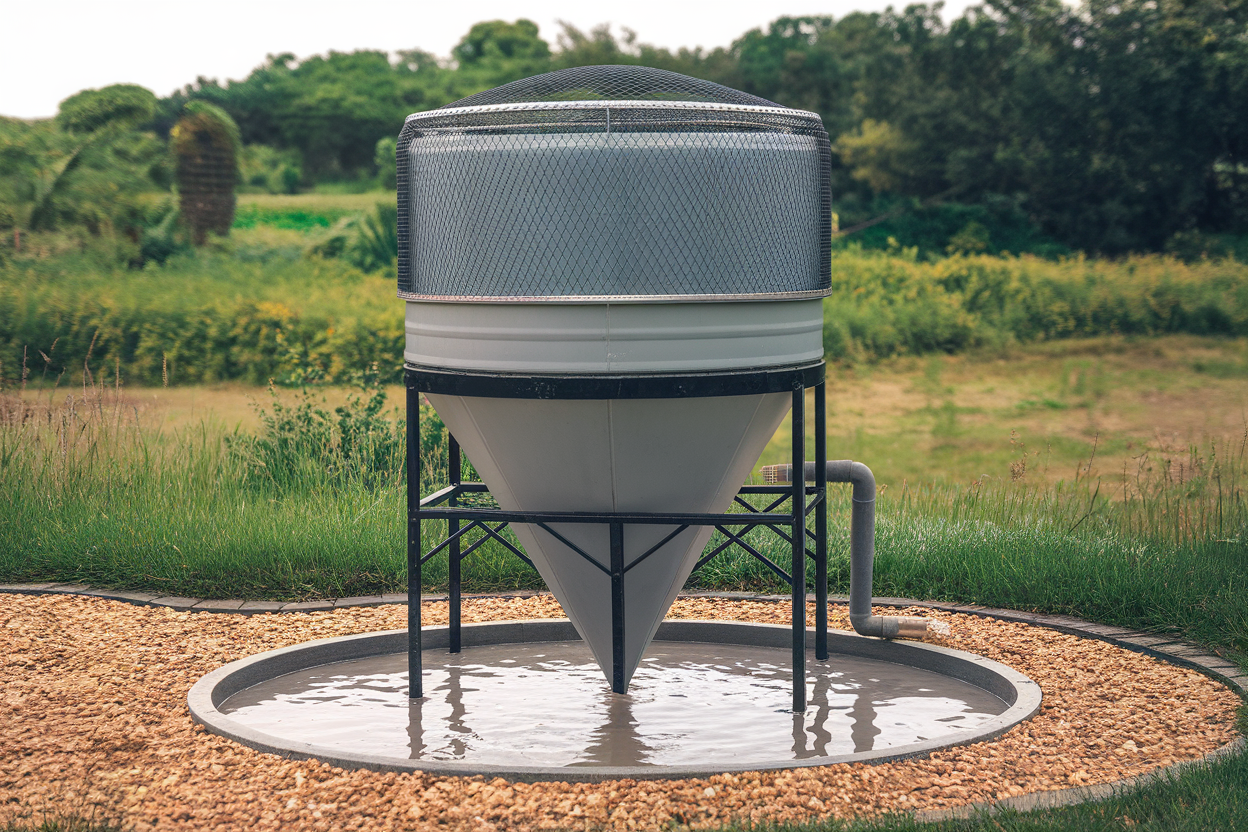
Leave a Reply